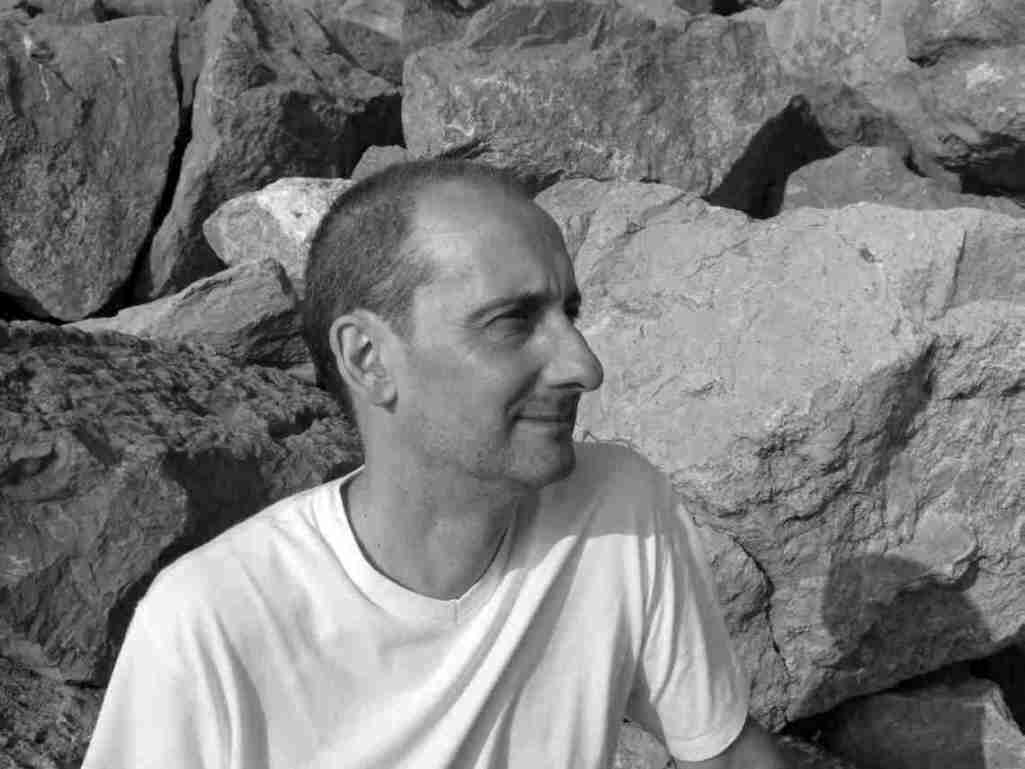
Edward Burra (1905-1976) occupies a particular place in 20th century British art: represented in major collections yet remaining, like Malcolm Lowry, something of an outsider. He is best known for his satirical, often macabre paintings of 1920s and 1930s urban life, particularly its seedier side. He flirted with Surrealism and his allegorical works share some of its characteristics. Working mainly in watercolour, he imbued his art with 'a feeling of tawdriness and the meretricious and yet, at the same time, (created) such convincing beauty' (George Melly).
Despite constant ill health, Burra traveled widely, visiting Lowry in Cuernavaca in 1937, together with Lowry's early mentor and their mutual friend, the American writer Conrad Aiken. On his return to England Surra painted Mexican Church, its composition based on two postcards of churches he'd visited, the cathedral at Taxco and Santa Catarina, Mexico City. Burra and Lowry did not get on, however both shared an interest in Mexican culture.
Burra was influenced particularly by the Mexican muralists and the prints of Jose Guadalupe Posada (1851-1913), whose depictions of lively skeletons had a profound effect, contributing to his interest in representations of death. Under the Volcano's Day of the Dead theme is echoed in Burra's other two paintings shown here. Dancing Skeletons, painted after a visit to Spain, anticipates his Mexican journey and immersion in the iconography of death. In Skeleton Party, completed nearly 20 years later, Surra returns to this earlier theme. Whilst the pyramid shapes on the horizon have been identified as slag heaps in an industrial landscape, they could equally suggest the twin peaks of Lowry's Mexican volcanoes. Bryan Biggs Artistic Director The Bluecoat Liverpool: Under The Volcano; An Exhibition for Malcolm Lowry 1909-1957,







No comments:
Post a Comment